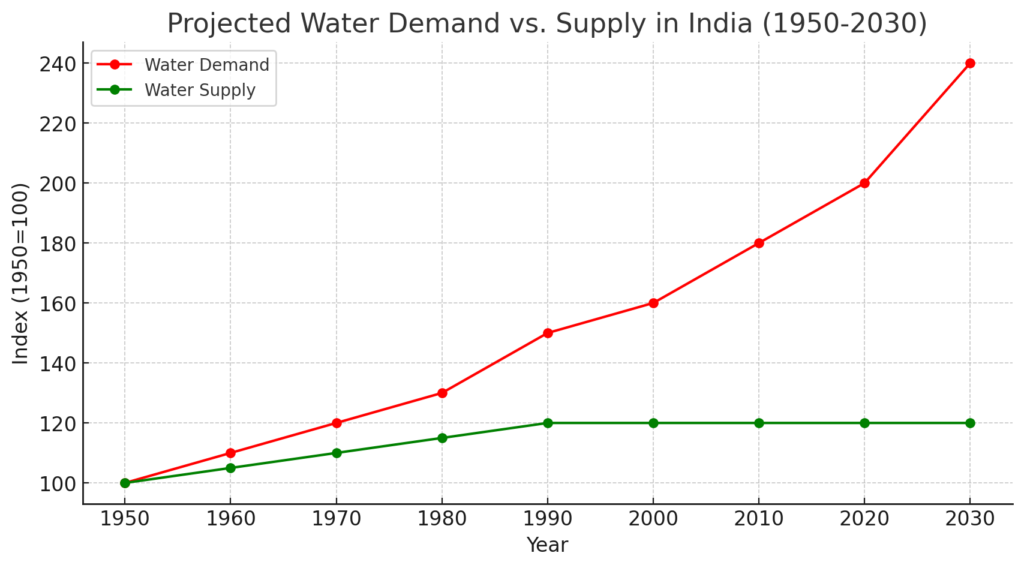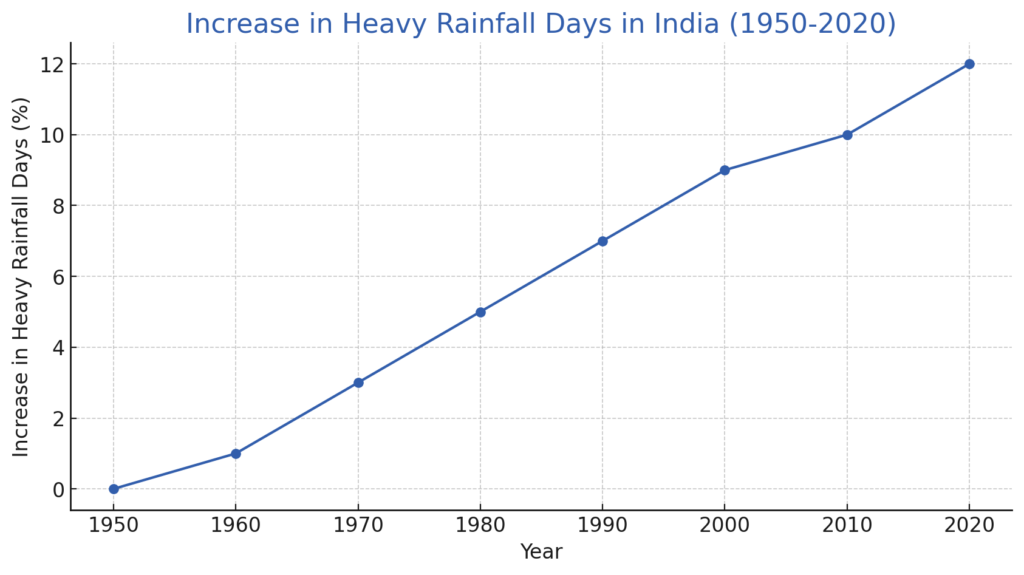In the intricate web of Earth’s ecosystems, watersheds and springsheds play a crucial role in preserving our planet’s water resources. As climate change continues to alter weather patterns and impact water availability, understanding and protecting these natural systems becomes increasingly vital. This blog post delves into the significance of watersheds and springsheds, highlighting their importance in sustaining life and advocating for preparedness in every catchment area to face the challenges of a changing climate.
What is a Watershed?
A watershed, also known as a drainage basin, is an area of land where all the water that falls as precipitation collects and drains into a common outlet, such as a river, lake, or ocean. Watersheds are nature’s way of managing water resources, acting as a funnel that directs water from the land into bodies of water. This natural process is crucial for maintaining the balance of our ecosystems, supporting plant and animal life, and ensuring clean water supply for human consumption.
Springshed and its importance
Springsheds are areas that contribute groundwater to springs, providing a continuous flow of fresh water. Springs are vital for maintaining biodiversity, supporting agriculture, and supplying drinking water. They act as natural indicators of the health of the underground aquifers, reflecting the quality and quantity of groundwater. Protecting springsheds is essential for preserving these natural water sources, especially in regions where springs are the primary water supply.
Scenario of Watersheds

Geographical Spread: India has a total geographical area of 329 million hectares, of which 91.207 million hectares (27.77%) are classified as degraded land due to various factors, including poor watershed management practices. (Source: NRSC, ISRO)
River Basins: India is home to 20 major river basins, including the Ganges, Brahmaputra, and Indus, which collectively cover more than 85% of the country’s total land area. The Indus and Ganges-Brahmaputra system have been ranked the most vulnerable water towers globally, according to a 2019 study published in the journal Nature. This study ranked the world’s mountain glacier-based water systems based on their importance to adjacent lowland communities and their vulnerability to environmental and socioeconomic changes.
Scenarios of Invaluable Springsheds, Priceless Springs
Natural Springs: Indian Himalayan Region (IHR) is home to approximately 2 million springs, which serve as the primary water source for around 50 million people. However, it is alarming to note that more than 50% of the total perennial springs in India have dried up completely, posing a significant threat to the water security of the region.
Water Supply: Springs in the IHR contribute to more than 60% of the region’s rural drinking water supply (Source: Niti Aayog).
Climate Change Impact

Water Scarcity: By 2030, the water demand in India is projected to be twice the available supply, implying severe water scarcity for millions of people. This looming crisis has led to significant concerns about the sustainability of India’s water resources. In fact, Moody’s Investor Service has flagged water scarcity as a major economic risk for India, indicating that insufficient water supply could undermine economic growth, affect credit ratings, and lead to widespread social unrest.

Changing Rainfall Patterns: India has experienced a significant increase in the frequency of extreme rainfall events, with a 12% increase in heavy rainfall days from 1950 to 2015. This changing rainfall pattern, driven by climate change, exacerbates the risk of both flooding and drought, impacting agricultural productivity, water availability, and infrastructure resilience.
Climate Change and Water Resources
Climate change poses a significant threat to watersheds and springsheds worldwide. Altered precipitation patterns, increased frequency of extreme weather events, and rising temperatures can disrupt the delicate balance of these systems. Droughts can reduce water flow, while intense rainfall can lead to erosion and pollution, degrading water quality. As climate change accelerates, the need for adaptive strategies to protect and manage watersheds and springsheds becomes urgent.
Preparing Every Catchment for Climate Change
To ensure the resilience of our watersheds and springsheds, every catchment area must be prepared for the impacts of climate change. Here are key strategies for climate-ready catchment management:
1. Sustainable Land Use Practices
Implementing sustainable land use practices is crucial for preserving watershed and springshed health. This includes:
- Afforestation and Reforestation: Planting trees to enhance water infiltration, reduce soil erosion, and improve water quality.
- Conservation Agriculture: Using techniques such as no-till farming and crop rotation to maintain soil health and reduce runoff.
- Buffer Zones: Establishing vegetative buffer zones along waterways to filter pollutants and stabilize banks.
2. Integrated Water Resource Management (IWRM)
IWRM is an approach that promotes coordinated development and management of water, land, and related resources. This holistic strategy involves:
- Stakeholder Collaboration: Engaging communities, governments, and organizations in decision-making processes.
- Water Allocation Plans: Ensuring equitable distribution of water resources to meet the needs of all users, including the environment.
- Monitoring and Data Collection: Using advanced technologies to monitor water quality and quantity, and adapt management practices accordingly.
3. Restoration and Protection of Natural Habitats
Restoring and protecting natural habitats within watersheds and springsheds can enhance their resilience to climate change. Key actions include:
- Wetland Restoration: Rehabilitating wetlands to improve water filtration, storage, and biodiversity.
- Riverbank Stabilization: Implementing measures to prevent erosion and maintain natural river flows.
- Invasive Species Control: Managing invasive species to protect native vegetation and aquatic life.
4. Community Engagement and Education
Empowering communities with knowledge and resources to protect their local watersheds and springsheds is vital. Educational initiatives can:
- Raise Awareness: Informing the public about the importance of watersheds and springsheds and the impacts of climate change.
- Promote Conservation Efforts: Encouraging community-led conservation projects and sustainable water use practices.
- Foster Stewardship: Building a sense of responsibility and stewardship for local water resources.
Watersheds and springsheds are the lifeblood of our planet, sustaining ecosystems, supporting agriculture, and providing clean water. In the face of climate change, it is imperative that we adopt adaptive management strategies to protect these vital systems. Considering the urgent need, the Helping Humans have launched Preserving Earth to focus on the most underdeveloped landlocked regions of India and conserve 2 million hectares to enhance environmental sustainability. By embracing sustainable land use practices, integrated water resource management, habitat restoration, and community engagement, we can ensure that every catchment is prepared to meet the challenges of a changing climate. Together, we can safeguard our water resources for future generations and contribute to the resilience of our planet.
For more insights on environmental conservation and sustainable development, explore our initiatives at Helping Humans.

Comments are closed.